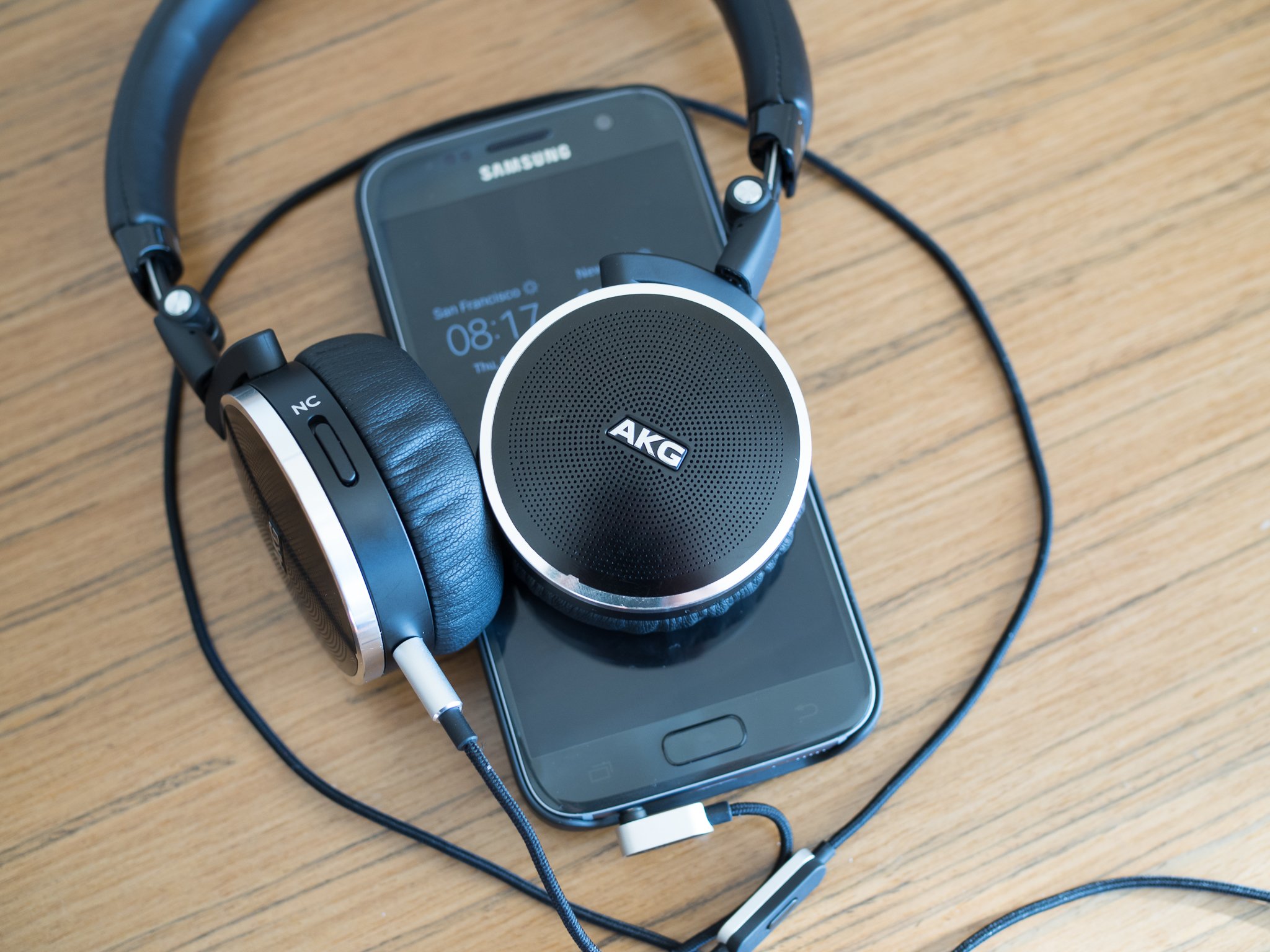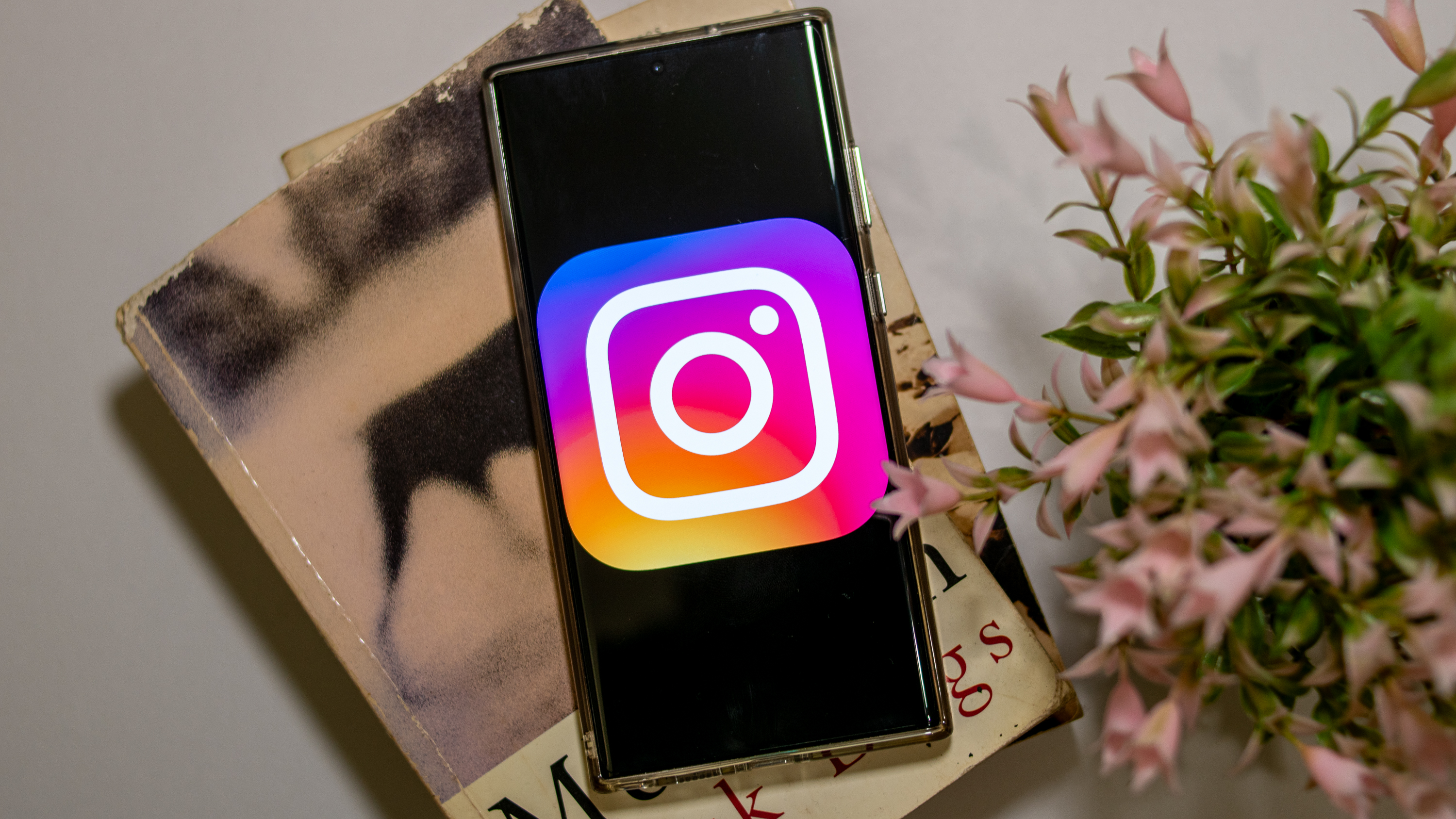If you travel, work in a busy office or just have trouble concentrating on tasks at home, chances are you've looked into noise-canceling headphones. The basic technology behind noise cancellation is pretty much commoditized at this point, but companies add their own flavor to it, with varying levels of effectiveness. Beyond that, these of course work as standard headphones, too, giving companies more ways to differentiate.
AKG is a well-known name in audio, but definitely doesn't have the general brand awareness that a company like Bose does when it comes to noise-canceling headphones (just walk through any airport and you'll see). AKG's new N60NC on-ear noise-canceling headphones are out to take a slice of the market, bringing a few neat features to differentiate from other options — and to make you feel a bit better about dropping big money on a set of on-ear headphones.
AKG sent us a set to check out. Here's how we've been enjoying them over the past few weeks.
Comfort, quality and features
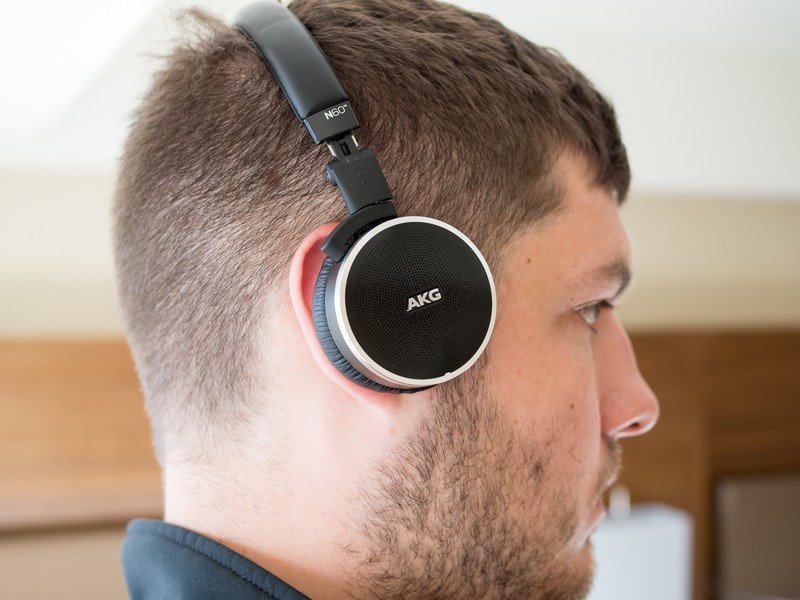
Noise-canceling headphones are usually associated with being a bit big and bulky because of their need for extra electronics, but the N60NCs break the mold here. Rather than going with a large, over-ear design that takes up a lot of room in your bag, AKG went with a drastically more compact on-ear design.
This is a surprisingly compact design.
The headphones fold up to a compact size for stowage but even when expanded aren't that large. The main construction is a hefty black plastic, accented by a nice metal frame and some soft touch plastic in other parts. The headband portion doesn't have a ton of padding, but the headphones are light enough that you don't feel pressure on your head in any case. As you'd expect, the headband is adjustable to fit your head just right.
The only real issue with the earcups is that by design they rest on your ears, and aren't quite as comfortable as over-ear models that wrap around your ears and put less pressure on them. That said, I wore the N60NCs for dozens of flights, and even on nine-hour transatlantic flights without any real discomfort. The earcups swivel at two points to minimize pressure on your ears, and their padding is a very soft leather material with foam underneath.
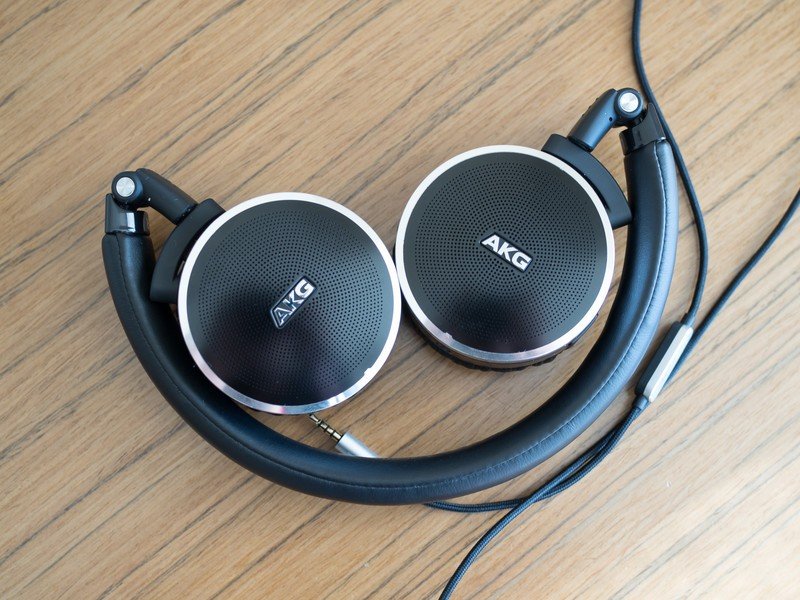
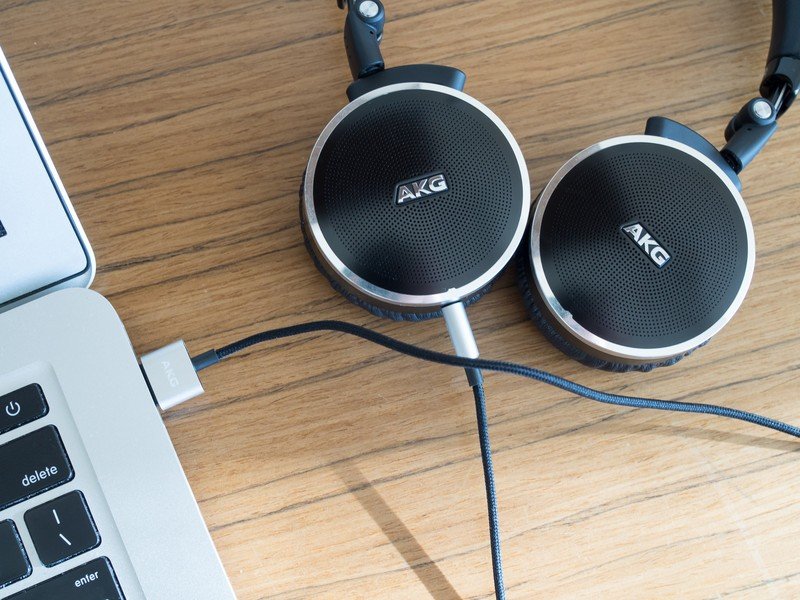
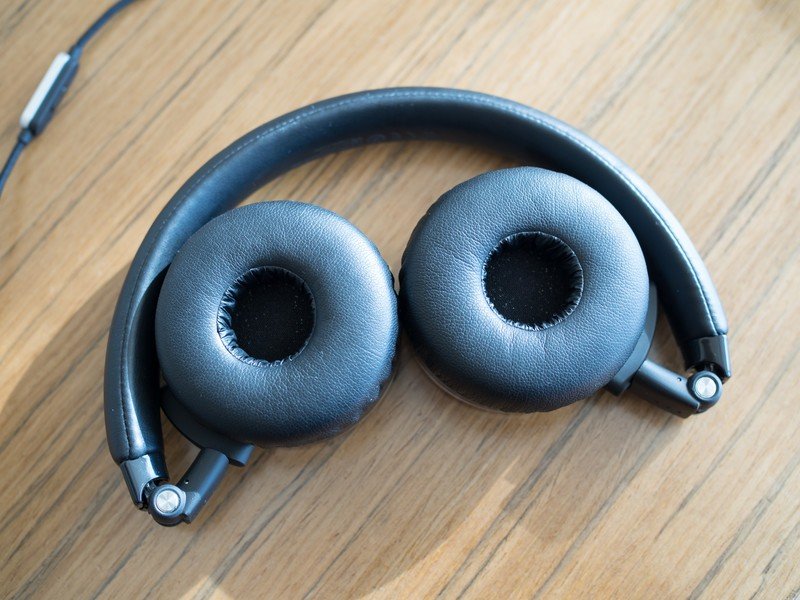
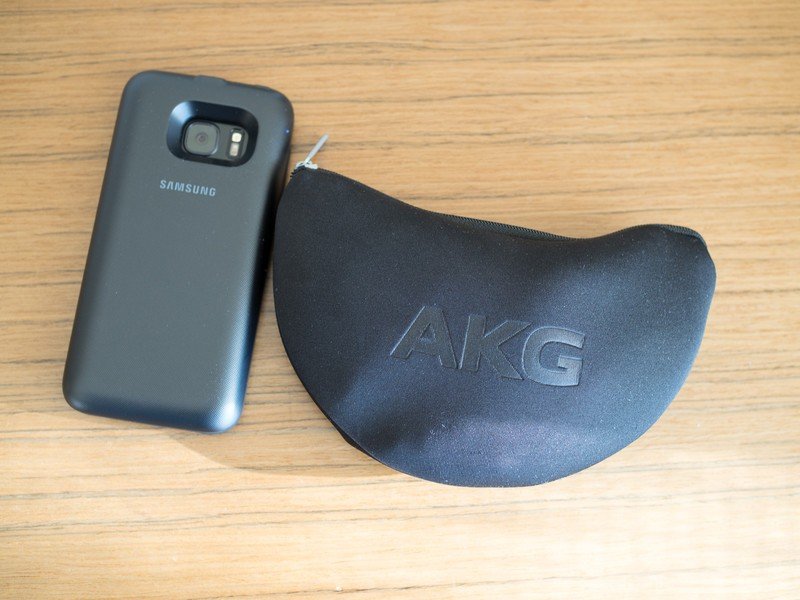
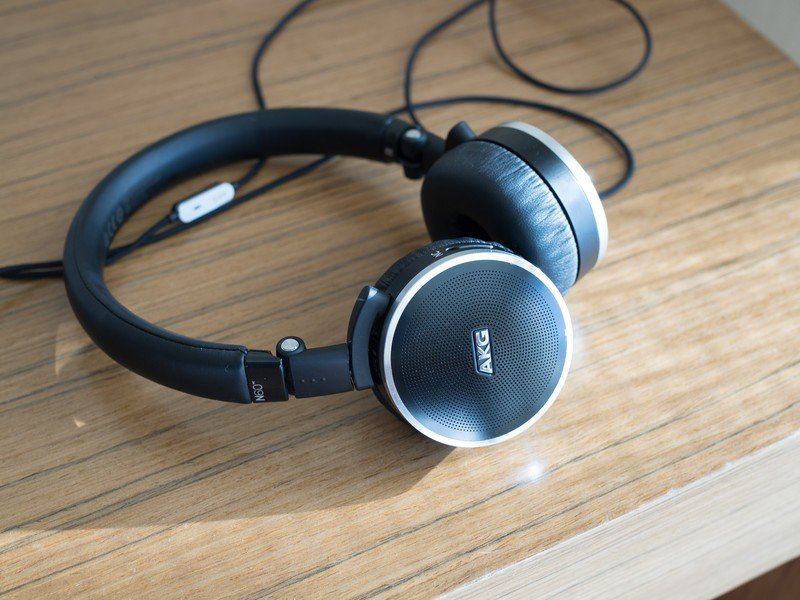
The audio cable is just shy of 4 feet long, and is removable for those times when you just want to block noise, but not listen to music. It has a straight 3.5mm jack on the headphone end, an L-shape connector for the device's end, and near the headphones is an in-line play/pause button and microphone. The cable is made of a nice tangle-free braided nylon material, and the connectors are a solid brushed metal.
Get the latest news from Android Central, your trusted companion in the world of Android
The big downside of active noise cancelation is that it requires power, and that often means a small removable battery (usually a AAA cell). This is where the N60NCs differentiate themselves — they're fully rechargeable with an internal 320 mAh battery, and they recharge over the 3.5mm headphone jack with a special cable. That means there's no need to ever pop out a battery or carry a spare just in case they die, and because it charges over the 3.5mm headphone jack there isn't any extra hardware or another plug on the headphones.
AKG quotes up to 30 hours of battery life from the internal battery, meaning you can easily take a trip and leave the charging cable at home. The cable is a 1-foot braided style, just like the audio cable, with a flat USB plug on one end and a standard headphone-like jack on the other, and you can charge it from any USB charging source.
Sound and noise cancellation
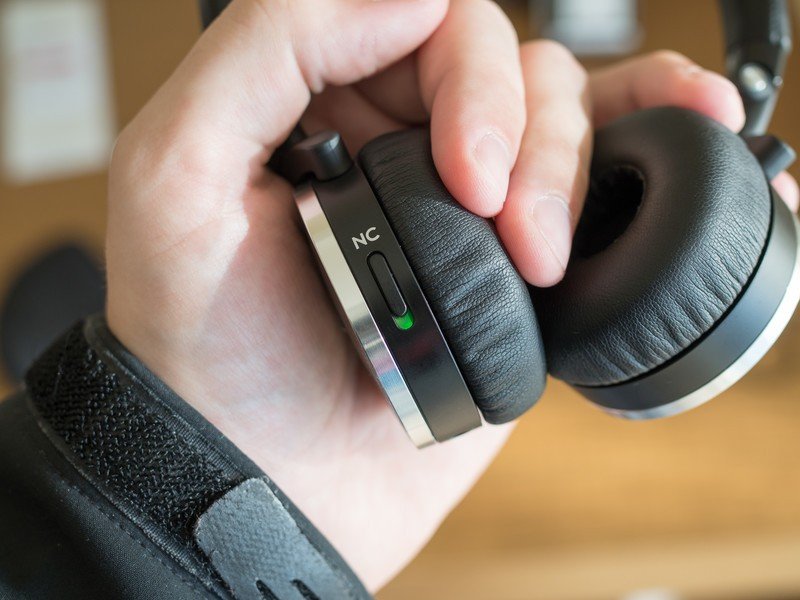
The noise cancellation is great — perhaps better than Bose.
Despite their smaller size, the N60NCs do a really great job at canceling out all sorts of ambient noise. Just flip the switch on the back of the left earcup to enable the feature, and ambient noise all but disappears. This goes for just about everything, from low city noise up to the constant rumble of an airplane. What's particularly impressive about the noise cancellation on the N60NCs is that it also works well for blocking out people talking, which noise-canceling headphones generally don't deal with as well as constant noise.
When it comes to sound quality, the headphones aren't particularly overwhelming, as is the case with most noise canceling headphones — a good chunk of the price you're paying is for the noise cancellation, not the audio quality. Comparing them to my daily use on-ear headphones, the $90 Xiaomi Mi Headphones, I'd say the AKG headphones are about on-par in terms of quality, and that's just fine with me (I'm definitely not an audiophile, in any case). They sound pretty good whether I have the noise canceling function turned on or not, though you can appreciate your music or podcast quite a bit more without the outside noise distracting you.
The bottom line
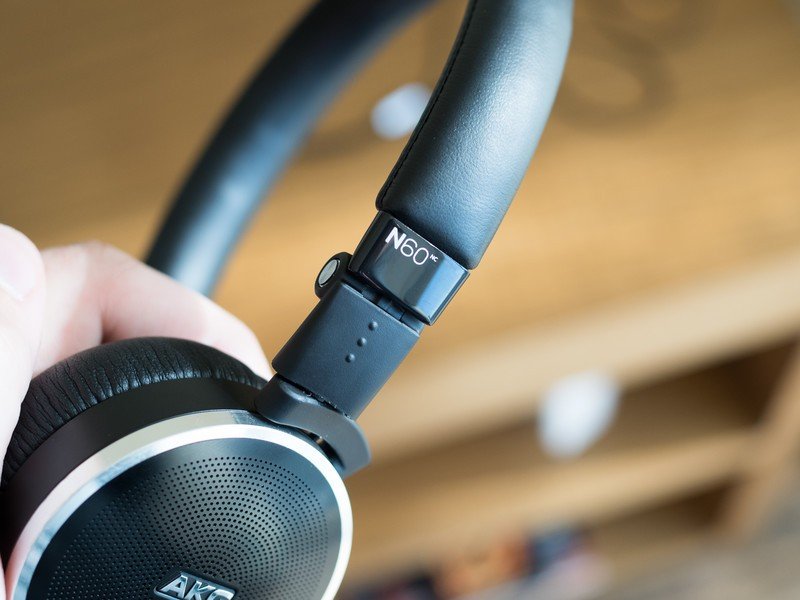
When it comes to buying some solid noise-canceling headphones, the simple choice is to skip out on shopping around and just go with Bose. But as is often the case, Bose is also the more expensive offering. AKG's N60NCs retail for a cool $249, or $50 less than the well-known Bose QuietComfort 25s, and that's likely to immediately grab some attention.
But here's the thing: despite their lower price, AKG actually does a lot of things better than Bose, regardless of price. The on-ear design is dramatically more compact, folding down to fit into a smaller case and take up less room in your travel bag — all without sacrificing much in terms of comfort or sound. Comparing them head-to-head I can say that AKG's noise cancelation is on par or even better than what Bose offers. Their battery life is also just as long, and the N60NCs are rechargeable over any USB plug, which is preferable for most people (myself included).
If you're looking for a compact set of noise-canceling headphones, you definitely have to take a look beyond Bose — and the AKG N60NCs are one of the options you should check out while you're shopping.
Where to buy
Do the AKG N60NCs sound like the right headphones for you? Well you're in luck — they're easy to buy from several sources. Hit the links below if you're interested in picking up a pair for yourself.
(Ed. note: At the time of writing, Amazon's listing for the headphones is dramatically more expensive than other sources. That may change over time.)

Andrew was an Executive Editor, U.S. at Android Central between 2012 and 2020.
